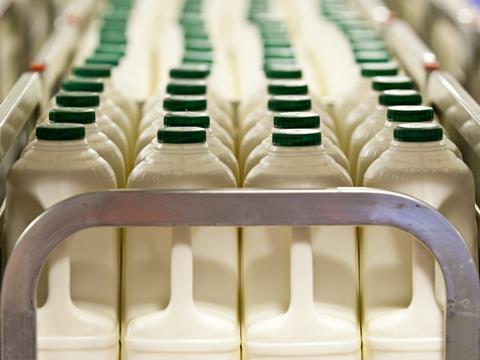
News that Dairy Crest’s plan to sell its liquid milk operation to Müller has moved a step closer will have come as some consolation to the beleaguered dairy industry last week.
The Competition & Markets Authority (CMA) announced on Friday (26 June) that it had accepted – in principle – undertakings offered by Müller “to address concerns about the loss of competition in the supply of fresh milk to national multiples in certain regions in Great Britain”.
In order to oil the wheels on getting the £80m deal approved, Müller has offered a certain amount of milk and processing capacity at two of its sites servicing southwest England and south Wales (understood to be Dairy Crest’s Severnside and Müller Wiseman’s Bridgewater processing plants) to a third party.
This, according to the CMA, would allow another processor to compete to supply national multiples in those regions, providing the mults with an alternative to Müller and effectively replacing the competition previously provided by Dairy Crest that would be otherwise lost if the acquisition went ahead.
The emphasis is now on Müller to show the CMA that they are “getting on” with the process of identifying a partner for these processing sites, a mergers and acquisition expert told me this week.
If Müller can find a willing partner, the deal could be completed by the end of the year at the latest, ending months of uncertainty for dairy farmers.
Of course, any arrangement – including the identity of the third party and the terms of supply – would need to be scrutinised and approved by the CMA , which has until 21 August to decide whether to accept the proposal.
These types of undertaking are not uncommon in a company acquisition; you only have to look at the success of Devon-based Crediton Dairy – which Arla divested when it bought Milk Link in 2012 – as an example of how a merger can help develop new market opportunities. And the M&A expert told me the CMA “wouldn’t be consulting unless they thought the deal was a goer”, they’d just refer the deal to a much more in-depth phase two investigation.
But the Müller/Dairy Crest deal could prove to be more complicated.
According to one commentator, industry sentiment suggests the CMA will almost have no choice but to rubber stamp the deal, due to the recent financial troubles of the Dairy Crest dairies business – which saw profits fall by 90% for the year to 31 March – and the apparent lack of any other interest in the business.
However, he warned it could also be difficult for a third party to come in and make any significant amount of money under Müller’s proposed arrangement.
“The reason Dairy Crest is selling this part of the business is because it is struggling, so the question is who would be interested in sub-letting capacity from Müller?” he asked.
This is especially relevant given the pressures on profitability currently experienced across the dairy supply chain - and with Müller expected to charge for sub-letting its capacity, one has to ask whether any bidder would be willing to operate in such a fiscally straightened market.
There are also questions about the length of the arrangement and how it would work in practice. Would the bidder get a corner of a factory, or a certain amount of processing time a day? And how open can Müller be with its tenant over the cost of processing?
The devil is in the detail, and there is precious little of this at the moment , but it will be interesting to see how the CMA approaches these issues over the coming weeks.



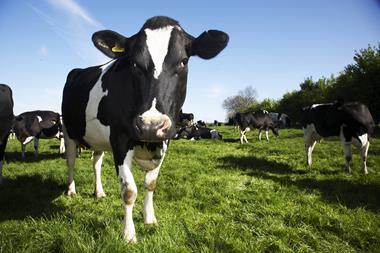



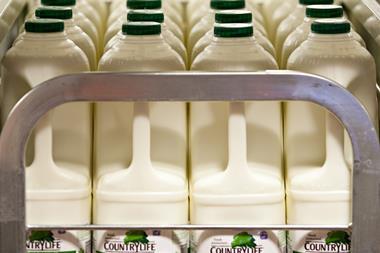
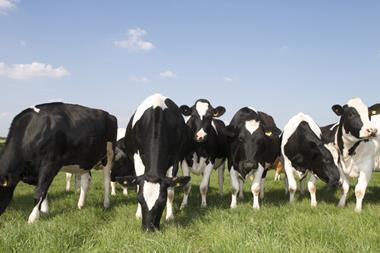



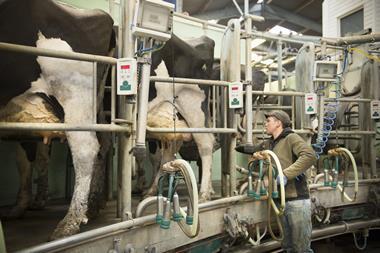


No comments yet